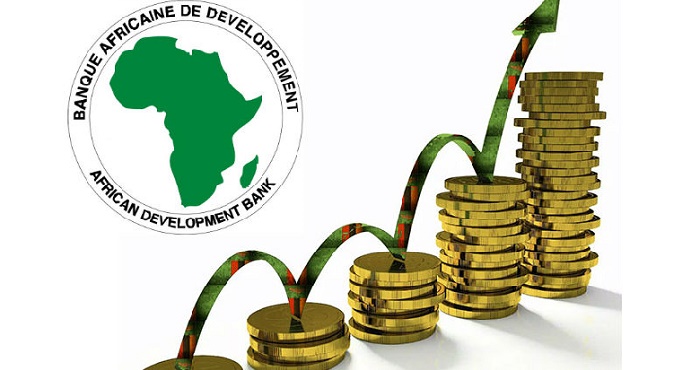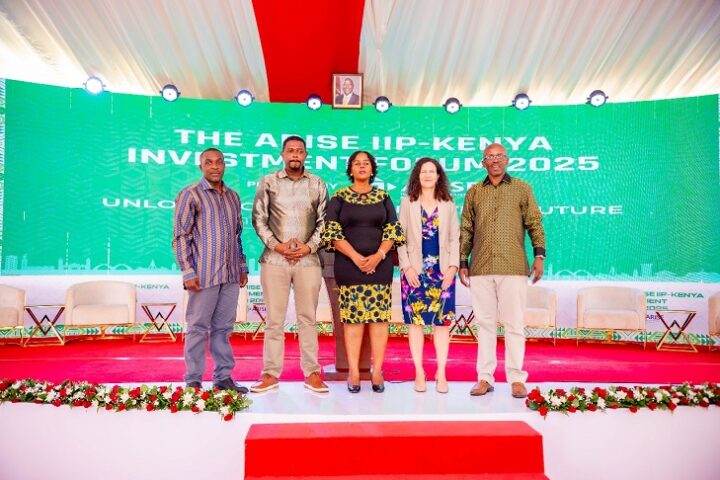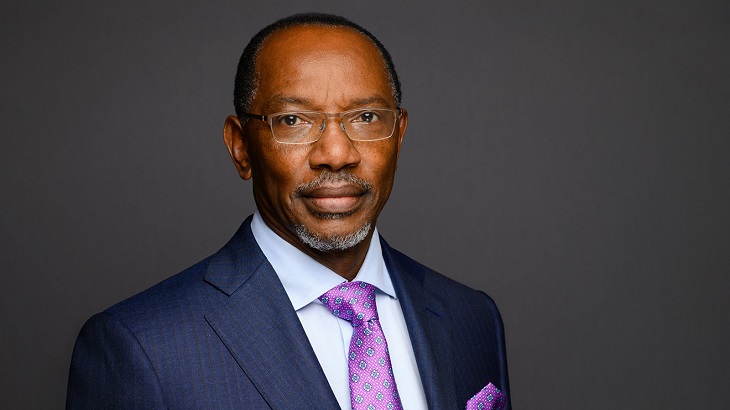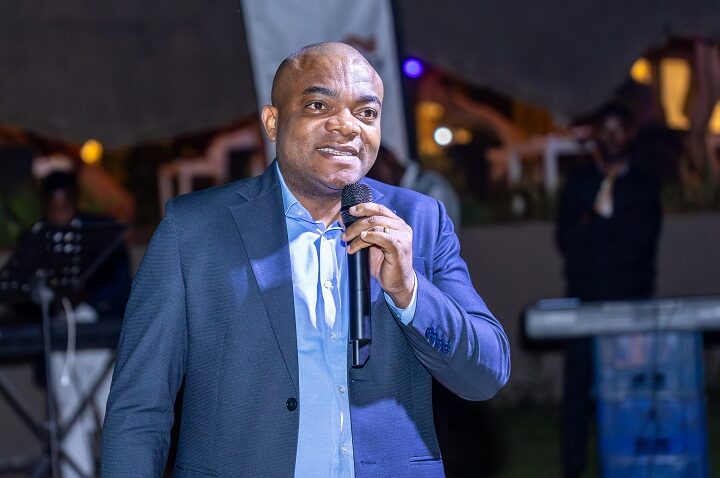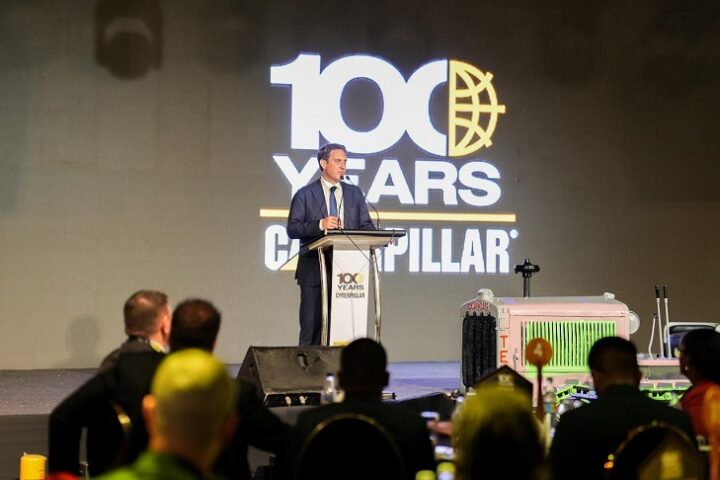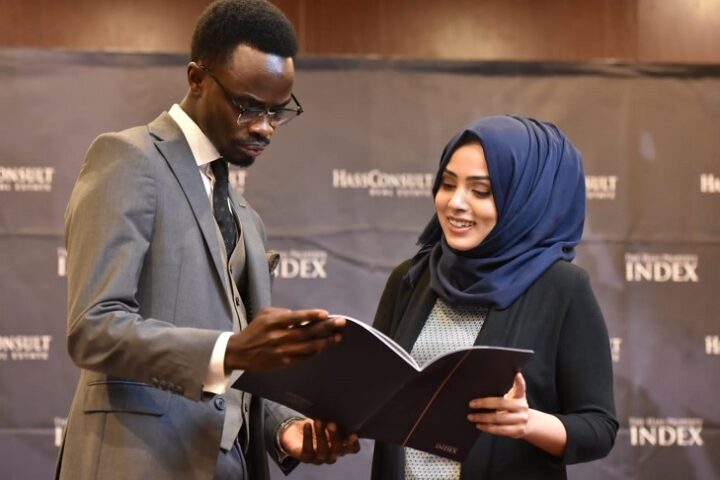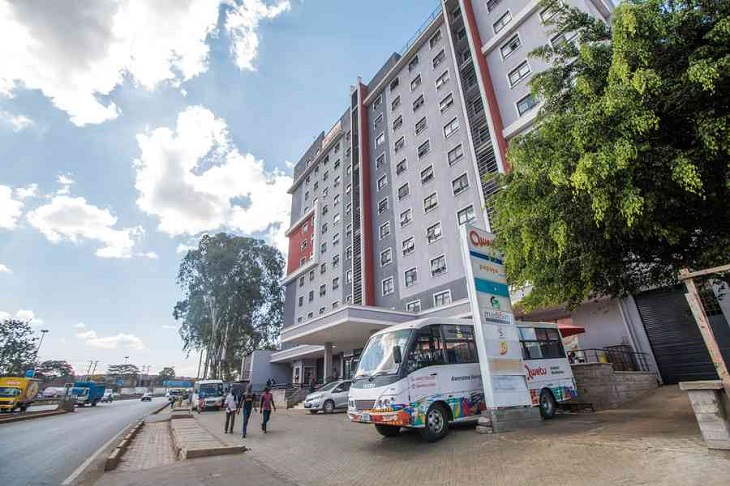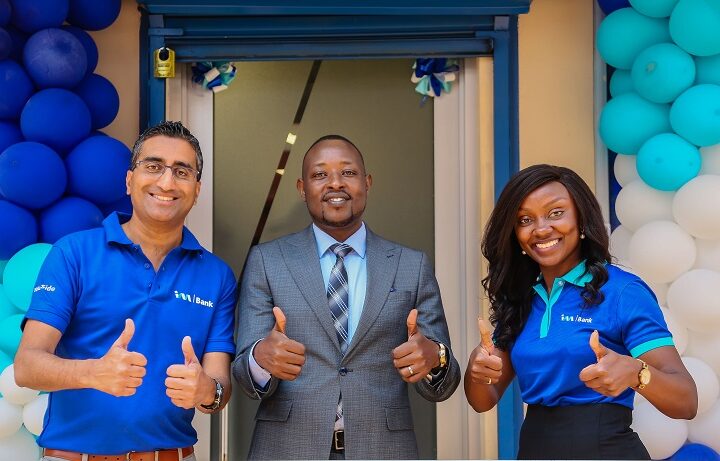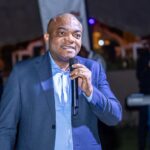The African Development Bank Group has delivered a record US $10.80 billion worth of projects and programs during the year 2016 through the roll-out of its High-5 priorities and the new Development and Business Delivery Model (DBDM).
According to the Bank Group’s Annual Development Effectiveness Review 2017 released during its recently concluded Annual Meetings in Ahmedabad – India, the projects have created 1.6 million jobs for Africans in 2016, particularly benefitting youths and women.
Operations in 2016 rose to 305 up from 241 operations in 2015. The operations will bring electricity to some of the darkest parts of the continent, unlock growth potential for small businesses along and up the value chains, increase countries’ climate resilience, nourish and educate thousands of children, improve health care services and access to water and sanitation for millions of Africans, empower young entrepreneurs, particularly young women, foster good governance and strengthen connectivity between African regions and cities.
These operations are core contributions to the implementation of the Bank’s High-5 priorities (Light up and power Africa, Feed Africa, Industrialize Africa, Integrate Africa, and Improve the quality of life for the people of Africa) and the Bank’s agenda to “transform the Bank to transform Africa.”
“The mixed economic performance among African countries underscores the urgency for structural economic transformation on the continent to build resilience and drive sustainable, inclusive growth. Fulfilling its role and mandate, the Bank stepped up its support to Regional Member Countries through higher levels of lending and more policy-relevant knowledge products and support,” said AfDB President Akinwumi Adesina.
The Bank’s High-5s serve as vehicles for the delivery of its Ten Year Strategy 2013–2022, which aims to foster inclusive growth and help the continent transition to green growth. Approvals for Light up and power Africa increased 72.8 percent to the US $ 2.0 billion, operations targeting the Feed Africa priority rose by 66 percent to the US $1.2 billion while approvals for Industrialize Africa were up 43.5 percent to the US $1.3 billion.
More than the US $650 million were approved to expand and integrate African markets. The highest amount, US $5.6 billion, went to improving the quality of life of the people of Africa priority through various initiatives, representing 52.3 percent of the total approvals.
Viewed from the sectoral angle, approvals to infrastructure comprising water and sanitation, energy, communication, and transport, went up by 43.7 percent to the US $4.72 billion in 2016. The financial sector came second with 23.3%, while projects grouped under multisector activities received 17 percent of the investments. Agriculture and rural development and the social sector received 9.3 percent and 6.7% of the total investments, respectively.
On financing windows, loans and grants were the key financing instruments, accounting for 92.1 percent of total approvals in 2016, followed by guaranteed at 3.3 percent, equity participation at 2.6 percent, and special funds at 2 percent. The substantial 55 percent increase in disbursements are attributable to a range of systemic changes and institutional reforms, which effectively slashed the time between approval and first disbursement by 96 days.
“Strong impacts, both from projects completed during the year and ongoing ones, have been registered in all areas of the High-5s, confirming that the Ten Year Strategy, the strategic priorities, and the new business model, are all delivering for Africa’s transformation,” states the Bank’s Annual Report 2016.
Showcasing the demand-driven and holistic approach of AfDB’s lending program, projects included Kenya’s Last Mile Connectivity Program, an IPP project in Uganda, ENABLE Youth programs in Nigeria and Sudan, the Mombasa-Nairobi-Addis Ababa corridor which is part of the Trans-Africa Highway network, the Uganda – Rwanda Transport Project, and the Affirmative Finance Action for Women in Africa initiative rolled out across Africa, to mention a few. Many more examples are provided in the Bank’s flagship reports, among them the Annual Report 2016, Annual Development Effectiveness Review 2017, and the African Economic Outlook 2017.


